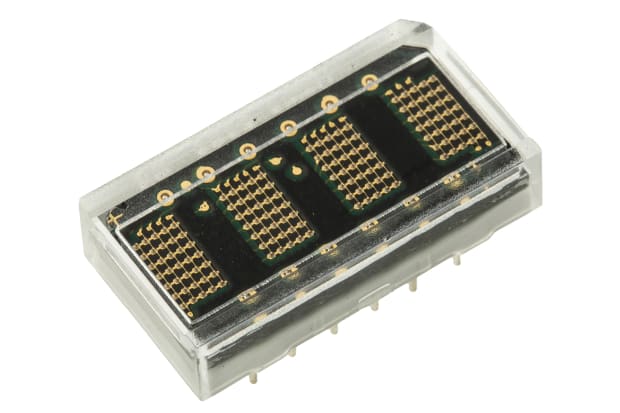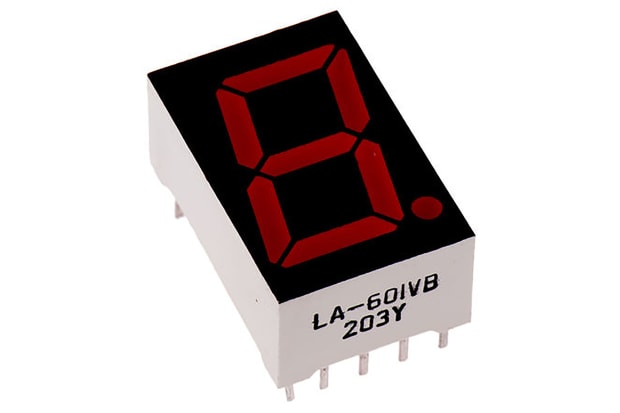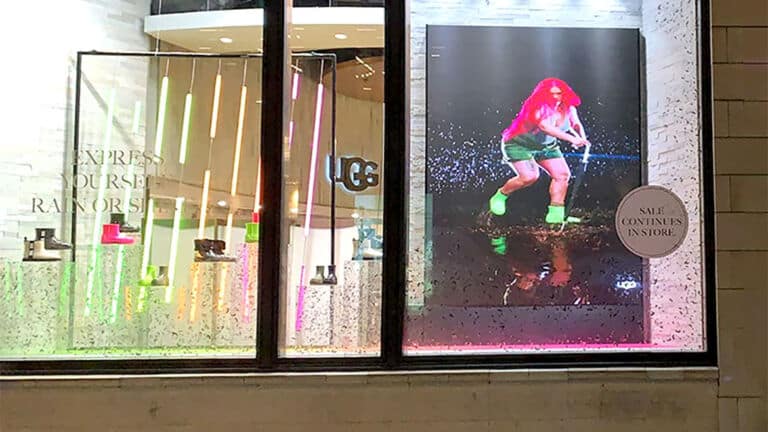Recommended Reasons To Picking Creative Led Displays
Wiki Article
What Is The Importance Of Pixel Pitch And Resolution When Researching Led Displays?
When it comes to researching LED displays, the pixel size and resolution are vital. Both influence the clarity, the quality, and the overall appearance that the display provides. These two components are important:
1. Image Quality
Pixel Pitch Pixel pitch is defined as the distance between the center of one LED's pixel and the center the next. A lower pitch means that the LEDs are having a closer space, which results in a better resolution. This translates directly to crisper images that are more detailed, which is especially important in the case of content that contains intricate details or text.
Resolution: Resolution refers to the number of pixels that are displayed in a display. This is usually described as a ratio of width to height (e.g. the resolution is 1920x1080). Higher resolutions allow for more details to be displayed and creates an immersive experience. This is particularly important when you have large screens where the viewer is close to the screen.
2. Viewing Distance
Pixel pitch and optimal viewing distance are closely related. If the display will be seen at a close distance, as in indoor screens for exhibitions, retail displays or displays placed inside, then a smaller (and hence greater) resolution and pixel pitch is required to prevent the display from appearing pixelated. If the display is seen from a distance it will not matter that there are bigger pixels.
3. Content Versatility
Displays with a smaller pixel size and higher resolutions can display a wide variety of content. These include high-definition videos with intricate graphics as well as smaller text. This flexibility is crucial in applications that require high-quality content, such as broadcast studios and digital signage.
4. Cost Impacts
True that having a smaller size of pixels can produce better images however the price to make the display will rise significantly. A larger resolution screen will be more expensive because of the greater amount of LEDs required. It is therefore essential to balance the need for high resolution and the budget, considering the specific use and distance to be viewed.
5. Application Specificity
The importance and value of the pixel pitch will vary depending on the device you are using:
Indoor Displays: Typically, they require smaller pixel pitches (e.g., 1.2mm to 2.5mm) to provide high resolution at close viewing distances.
Outdoor displays: They can have larger pixels (e.g. 4mm to 10mm) as they will be seen from greater distances. Resolution is not as crucial.
6. The longevity and upgradeability
The amount of pixels per inch decreases as technology for display improves. This enables higher resolutions even in smaller spaces. Investing in a display with the highest pixel pitch will ensure it stays useful and efficient for a longer period, reducing the requirement for regular upgrade.
Conclusion:
Pixel pitch and resolution are crucial in making the best use of LED displays, especially when it comes to images, viewing experience, and content flexibility. To ensure that you choose a display which meets your needs, take into consideration the following aspects when looking into LED screen options. Have a look at the most popular creative led displays for website advice including video wall church, transparent display monitor, led video wall, led outdoor display screen, led wall, flexible led screen display, wall tv, led screen display, outdoor display led, outdoor led monitor and more.

What Is The Importance Of Weight And Portability For Led Displays When Choosing A Display?
The consideration of weight and portability is important when selecting LED display options. This is especially true in cases where portability, flexibility, easy installation and transportability are top priorities. These are the reasons why:
1. Ease in Installation and Setup
Weight: A smaller LED display is simpler to install, especially if the display needs to be installed in a location in which it has to mount on the roof, walls, or any other structure. Displays that are heavy require more sturdy support structures, which could make installation more difficult and increase the cost.
Portable Displays are ideal for exhibitions, temporary installations and other events. They can be easily put up and taken down. The lightweight design of these displays means that they can be easily transported, reducing the time and labor required for every set-up.
2. Application for rental and Staging
The lightweight and portable LED panels are essential in the rental market and for staging, where exhibits must be regularly moved. The panels are lightweight and can be carried around, which allows for quicker turnaround times between shows. They also cut down on transportation costs and decrease the possibility that they may be damaged by handling.
Modularity: Portable LED displays typically have modular designs that permit them to be assembled and removed. This flexibility is important in creating customized display configurations to suit different event requirements.
3. Structural needs
Support Structures. For heavier LED displays, you will need larger and more expensive mounting structures. They can add costs and complexity to the installation. Lighter displays are supported with less and less expensive structures. This makes them more flexible in diverse situations.
Venue Restrictions: Certain venues could have weight limitations for their structures. These are usually ceiling or wall mounts. A light display will guarantee that you are able to accommodate the installation without exceeding the weight limit.
4. Transport and Logistics
Shipping costs: Weight of LED displays has an impact directly on shipping and handling fees. It's cheaper to ship smaller displays especially for large-scale installations.
Storage and Handling - Lightweight and portable display units are easy to manage and store. They need less storage space and simplify logistical processes. This is crucial for businesses that have to transport exhibits frequently to different locations.
5. Flexibility in Use
Reconfigurability Portable and lightweight displays are often made of modular components, allowing the reconfiguration of different sizes and shapes for different applications. This is extremely useful in installations that require the flexibility of design is crucial.
Application Versatility: These displays are versatile enough to be used for a wide spectrum of events, ranging from small pop-up events to large outdoor concerts. They provide a level of versatility that's not offered by heavier and more cumbersome displays.
6. Safety Factors
Lighter Displays Reduce Risk They are also safer to install and handle There is a lower risk of damage or accident. This is particularly important in environments where the screen is regularly altered or moved.
Compliance: In certain cases weight limitations may be required by safety regulations for installation in public areas. Making sure the display meets these standards is crucial to avoiding concerns about compliance.
7. Energy Efficiency
Power Consumption: Although not directly connected to weight, light displays are often designed with energy efficiency in the back of their minds. Displays with LEDs that are portable can use less energy. This is advantageous in situations with low power, or when operational expenses are of utmost importance.
Conclusion:
LED displays need to be light and portable. This is crucial particularly in situations where they will be frequently moved around, in temporary installations or in environments with weak structural support. These factors affect not only the ease of transport and setup however, they also affect the flexibility and security of the display. When looking into LED displays, it is important to consider weight and portability when the application you're considering requires frequent relocation as well as quick setup. the compliance of specific safety or structural requirements. See the recommended quality rental led display for more examples including transparent led screen, led display transparent, led display, led in walls, led screen for outdoor, flexible led display screen, led screen display rental, outdoor screen led, wall tv, outdoor led panel and more.

How Important Is Color Accuracy And Calibrating In Led Displays?
Accuracy in color and calibration are crucial when looking into LED displays, specifically in applications in which visual quality as well as brand integrity are essential. Why are these factors important?
1. Realistic Realism and High Quality Visuals
Color Accuracy is the faithfulness of an LED display in reproducing the colors desired by content creators. High color accuracy ensures that videos and images appear realistic and vibrant and colors appear exactly like they should without distortion or unnatural shifts.
Importance For applications such broadcasting, retail or advertising and professional presentations, a precise color reproduction is crucial to keep the visual appeal and deliver the message effectively.
2. Brand Integrity
Consistency of Branding Consistency of branding is essential for businesses that depend on certain color schemes in order to represent their brand. Brand's image can be damaged if the color scheme is not accurate.
Application: To guarantee consistent branding across all media including corporate environments, retail displays advertising, and various other platforms, it is essential to ensure that colors are consistent across all platforms.
3. Engagement and Impact on Audience
Displays with superior color accuracy provide an enhanced viewing experience. Correct colors can convey emotions and messages with greater efficiency and increase the impact of the display.
Application: In settings like museums, entertainment venues or other places that aim to provoke an emotional response in the viewers, accuracy in color will ensure that they experience the content the way it was intended.
4. Content Creator Intent
A faithful representation Design, artists and content creators frequently put a lot of effort into creating images that are based on particular color palettes. Their work is presented exactly how it was designed with an LED display that reproduces the colors accurately.
Application Color accuracy is essential in fields such as film, digital photography and art where color plays an important role in the story and aesthetic appeal.
5. Calibration of Consistency
Uniformity Across Panels: Calibration assures that each LED panel within a display are consistent in color and levels of brightness, which prevents any visible seams or mismatches. This is essential for a large-scale displays that are made up of many panels.
Regular maintenance: Even the top displays will lose color accuracy over time. Regular calibration is required to ensure consistent performance and ensure the display is in line with quality standards.
Applications: In the case of video walls or large outdoor displays as well as multi-panel setups it is crucial to calibrate the display for achieve a uniform and even appearance. This is essential for professional installations.
6. Effect on the Content Types
Different Color Accuracy Needs Every type of content has different color accuracy requirements. As an example medical displays have to be precise in order to provide proper diagnosis, while displays for advertising may be more focused on vibrancy and saturation.
Application: In specialized fields such as medical imaging, design, or high-end retail, the ability to finely calibrate color settings ensures that the display is able to meet the requirements of the information it displays.
7. Technology and Specifications
Bit Depth (and Gamut) Displays that have high bit depths and displays with wide color spectrums (like DCI P3 or rec. 2020 displays are more precise and can reproduce a wider spectrum of colors. Understanding these specifications is important in selecting a display to be used for use in areas where precision is a priority.
Modern LED Displays often include advanced calibration tools and software. These tools allow for precise adjustments to ensure that the display's accuracy over time.
Application: For businesses where accuracy of color is a must like graphic design, film production and high-end advertising investing in displays that have higher accuracy in color and calibrating capabilities is crucial.
Conclusion:
Color accuracy and calibrating LED displays is vital to ensuring they deliver high-quality visuals, which remain consistent with brand standards. Correct color reproduction, regardless of whether it is for advertising, entertainment presentations professional presentations, or other specialized fields, such as medical imaging, is crucial to achieving the desired effect and maintaining visual integrity. When evaluating alternatives for LED displays, you should give priority to color accuracy and calibration, particularly when the software you're using requires precise color representation and consistency in performance. Have a look at the recommended flexible advertising boards for more info including led screen for outdoor, rental led display screen, outdoor digital screens, outdoor led screen, display led outdoor, rental led display screen, led display transparent, transparent display monitor, outdoor led screen display, led video wall and more.
